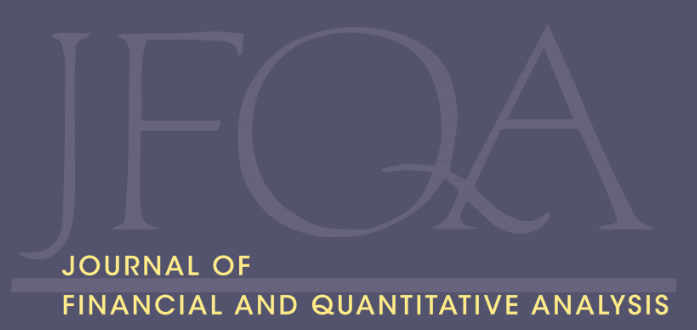Federal ID: 91-6001537
ISSN: 0022-1090 (Print) | 1756-6916 (Online)
An Experiment in Tight Monetary Policy: Revisiting the 1920-1921 Depression
Bruce Carlin and William Mann
♦ Is there a tradeoff between the short-run and long-run real effects of monetary policy “leaning against the wind?” We provide novel evidence on this question from the United States in 1920-1921. Our identification strategy exploits county-level variation in access to the Federal Reserve’s discount window, and hand-collected data on banking and agriculture in Illinois. In the short term, tightened conditions at the discount window decreased bank lending, and lowered crop prices and farm revenues. In the long term, however, they lowered debt-to-output levels, and led to greater farmland utilization, suggesting an avoidance of debt overhang problems.
Read it here.
